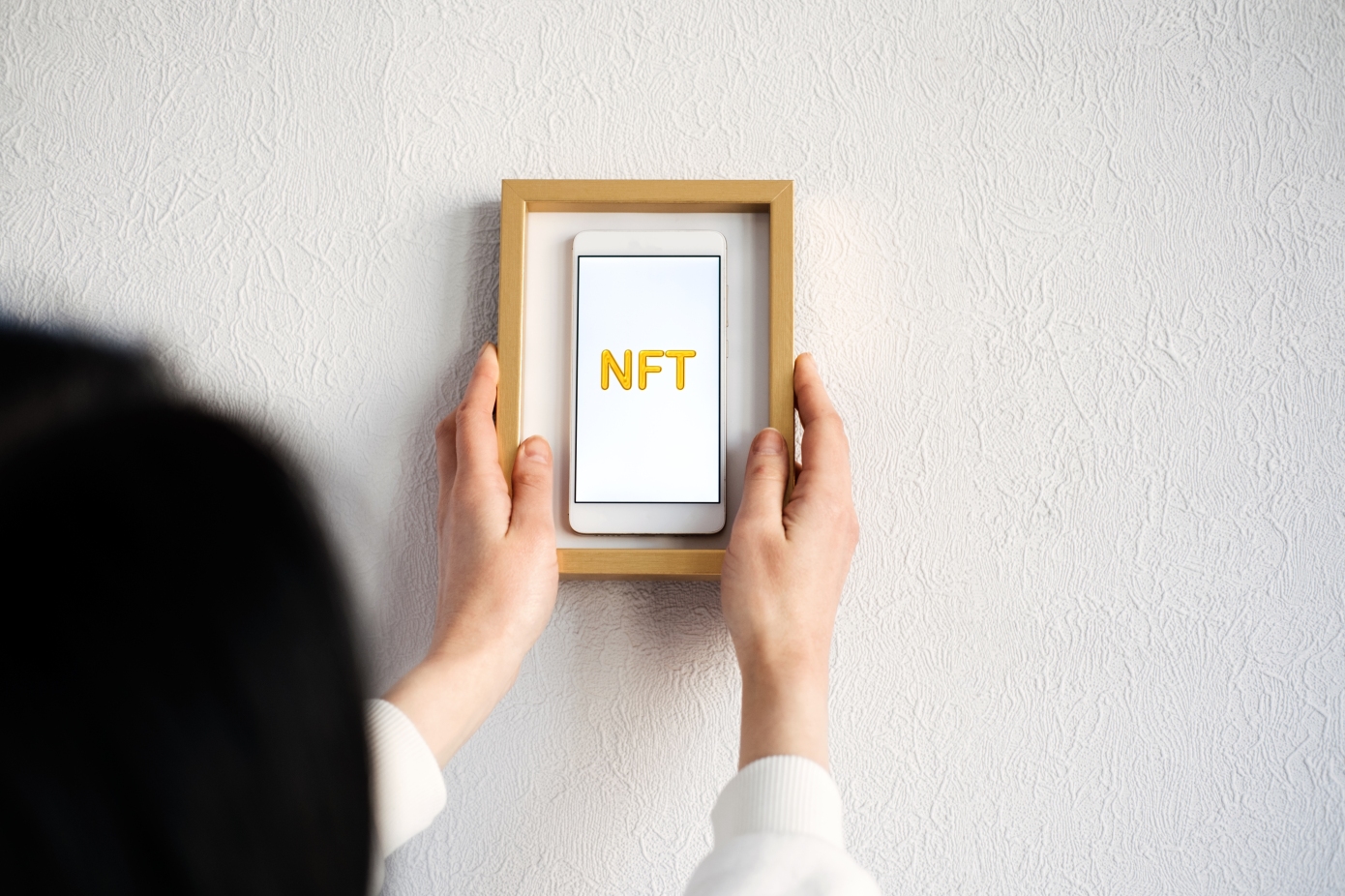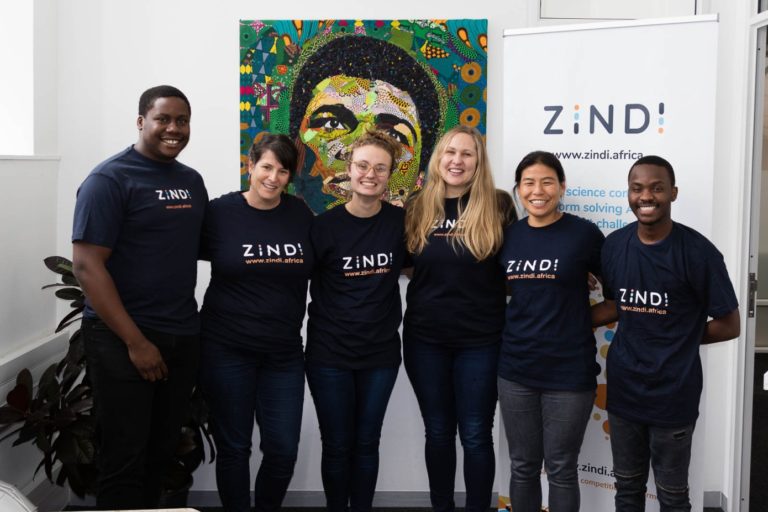5 NFT trends that will entice social media users to visit web3

As the Twitter debates continue, most tech founders and venture capitalists have chosen a side: Web 2.0 or Web 3.0.
Web3 proponents believe it is the internet’s future, and that blockchain-based products will completely replace Web 2.0 within the next few years.
Web 2.0 stalwarts argue that it’s all just hype spewed by crypto bros looking to make a buck, and that blockchain technologies are fundamentally limited in scope.
As a founder who has spent over a decade building Web 2.0 apps and nearly as long investing in cryptocurrency, I believe the most exciting opportunity exists at the intersection of these two worlds.
The convergence of Web 2.0 and Web 3 will unlock blockchain’s true mass-market potential.
It’s tempting to compare the amount of energy, talent, and resources being poured into web3 to the early days of the internet. The parallels are undeniable for those of us who have spent enough time in Silicon Valley to remember.
Except that the rate of growth appears to be exponentially higher this time. Web3 pundits use these facts to argue that web3 is the future of the internet and that Web 2.0 will die soon.
However, there is one significant difference between the early days of the internet and today: there was no internet prior to Web 1.0. We were all living analog lives. When the internet first appeared, it was up against a relatively dull existence. Free porn, chat rooms, gaming, music, email, videos, and access to the entire world’s information versus… a sleepy Saturday trip to Blockbuster. It was never going to be a fair fight.
Web3 is venturing into new territory. People today have a strong addiction to digital products. You’re not going to persuade the average consumer to stop scrolling TikTok in order to help usher in a new era of decentralization, support the creator economy, or combat inflation. They are unconcerned. They also cannot afford a BAYC or a cryptopunk.
What the average internet user is concerned with is how they appear and present themselves on social media platforms. That’s the span. NFTs will be crucial to the success of this bridge.
Here are five NFT trends that will drive a large number of social media users to web3:
NFT Verification
Skeptics are quick to point out that NFTs are useless because the underlying files can be saved with a right-click. This is only a short-term issue. All major social platforms will implement NFT verification in the near future, allowing you to connect your wallets and display your verified NFTs on your profile. Parallel to this, fingerprinting technology will enable platforms to easily detect and remove stolen files.
The game changes completely when TikTok users can display and use their unique, verified NFTs in their posts, because the social value of purchasing and broadcasting NFTs increases exponentially.
Sidechains
NFT prices will fall as sidechains such as Polygon become more common. Near-zero gas fees will also allow developers to incorporate more interactivity and scalability into NFTs, making them more social by default.
Consider Pokémon Go on the blockchain, where each Pokémon is a non-fungible token (NFT) that can be traded or sold. Every Pokémon you obtain has distinct characteristics, and you have a unique influence on how it evolves through the location-based achievements you unlock. As a Pokémon advances in level, its abilities are updated on-chain. You earn crypto tokens as you progress through the game, which have value outside of the game. Fun!
Music
The NFT mania of 2021 was primarily focused on visual art, but the next frontier, and one that I believe will be much larger in the long run, is music. Whether collecting physical art or NFTs, the impulses that drive a collector’s behavior are the same: the desire to express one’s artistic tastes to peers; the desire to express one’s identity, whether individual or group; and, in some cases, the desire to profit.
Although there was a lot of speculation behind the initial NFT craze, I believe self-expression and identity are the more fundamental drivers of art collection. Music is one of the most common ways for people to express their tastes and identities.
TikTok began as a music video app, and music tracks continue to be an important component of videos shared on the platform today. However, today’s music is widely available. The same songs are available to everyone.
Assume your favorite artist releases a one-of-a-kind 60-second music track with a limited number of NFTs available. You buy one and use it to make a cool TikTok. It quickly goes viral. Millions of people have suddenly expressed an interest in using that song to create their own TikTok. However, only 100 copies are available anywhere. You get offers from people who want to buy the song from you on a daily basis, and you can choose whether to flip it or keep it for yourself. Fun!
Wearables
I used to spend nearly all of my disposable monthly income on fashion when I was in my twenties, at the dawn of the Web 2.0 era. Fancy jeans, stilettos, sunglasses, and handbags — I had an insatiable desire for nice things to wear.
However, as the majority of my social interactions have moved online in the last decade, my spending on clothing has decreased. Aside from exercise equipment, all I really want these days is a bunch of colorful tops for Zooms. Buying expensive clothes has lost its appeal.
But the other day, I did something unexpected. I spent $2,000 on a pair of sneakers that I am certain I will never wear. I can’t wear them because they only exist as an NFT. It’s difficult for me to explain why I made this purchase to someone who hasn’t fallen down the crypto rabbit hole, and I realize it probably appears insane. Is it, however, any less ridiculous than the money I previously spent on toe-crushing stilettos?
Wearables are about to usher in a new era of massive spending on digital goods, which social media audiences will use to groom their digital selves. Although the majority of existing wearables activity in the NFT space is related to gaming and avatars, AR filters will be the killer use case that will help transition large audiences into the metaverse.
Assume Kim Kardashian launches a line of custom AR filters — facelifts, lip fillers, makeup, hair, dresses, and jewelry — each one unique. If you buy one, you can wear that look exclusively in your TikTok videos for as long as you want, and then sell it when you’re done. Kim, please add me to your whitelist!
Dynamic avatars
OK, I see what you mean. You can’t imagine why anyone would change their profile picture to a hideous ape. I must confess that I own a Bored Ape. But I also can’t bring myself to use it as my profile picture. Instead, I chose a World of Women. Why did I choose an algorithmically generated cartoon image of myself over a professional headshot of myself? It was entertaining. It allowed me to express a side of myself that would be difficult to capture in a photograph.
But my profile picture is already looking a little stale. I just wish it wasn’t so… static.
NFT avatars will gain dynamism, personalization, and movement. Assume you take a selfie, and an AI creates a one-of-a-kind, custom 3D avatar that resembles your ideal version of yourself. Bitmoji-style, but better. You can change the character’s expressions and poses, as well as clothing and accessories; you can make it dance; and you can make it speak in your own voice simply by typing. Consider how much easier it would be to create engaging TikTok posts that make you feel good about yourself. You could devote less time to honing your acting and filmmaking abilities and more time to the message you’re attempting to convey.
Dynamic avatars will allow for the democratization of self-expression on social media, giving a much larger audience of creators a voice.
When Facebook first launched, it was a little silly, but it was entertaining. When you logged in every few days, you’d be reminded of your real friends’ birthdays, see their most recent cheesy profile pictures, and poke them. Then came the feed, mobile phones and algorithms, Instagram models, lattes, and perfectly filtered lives, and somewhere along the way, the fun gave way to a kind of social slavery. We keep scrolling through posts from people we barely know that make us feel bad, and we keep responding in kind. Isn’t this not the end of the story?
The collective eye roll could be felt when Zuckerberg unveiled his vision for Meta. We wanted to scream because you’d already ruined our lives with social media, and now you’re going to kill our last vestiges of physical connection and turn us into vegetables living in the Matrix.
But, regardless of the pros and cons, we are already on an unstoppable march toward the metaverse. We are living increasingly virtual lives. What web3 allows for is a more rich experience in that virtual existence. One that, hopefully, will feel less hollow and more human.
I look forward to a future in which NFTs, along with all of web3’s other promises, help us create a virtual reality in which human interaction is once again enjoyable.







